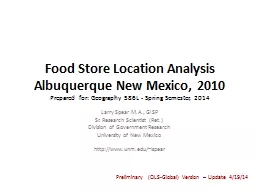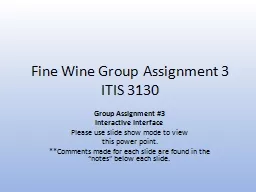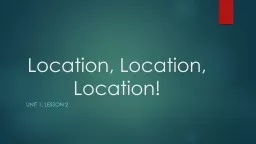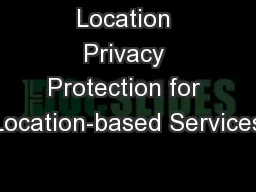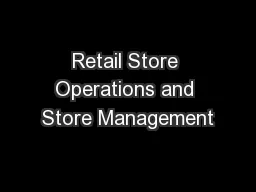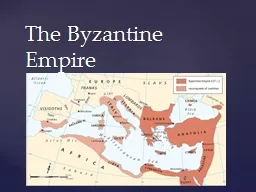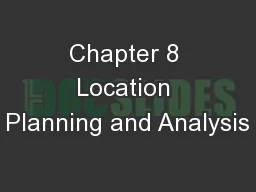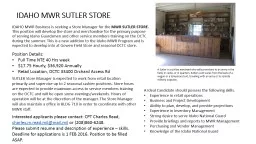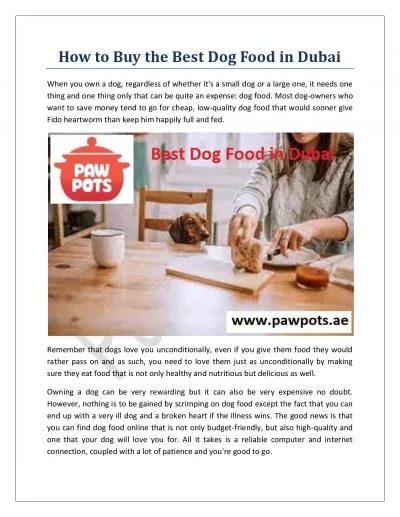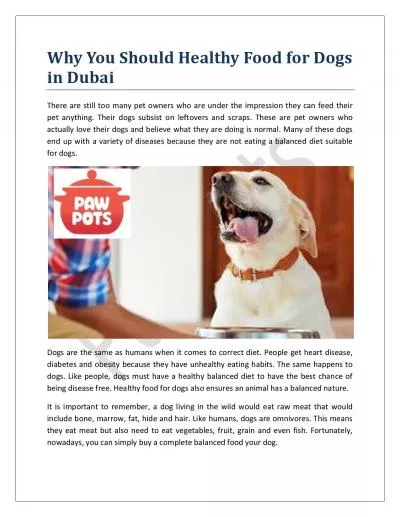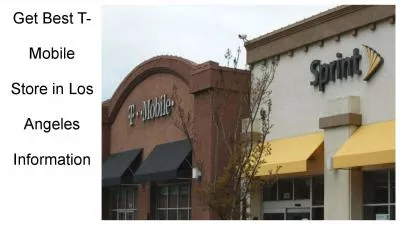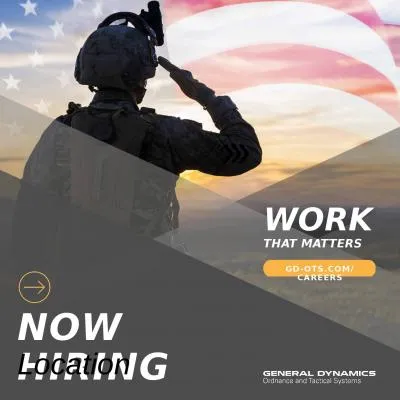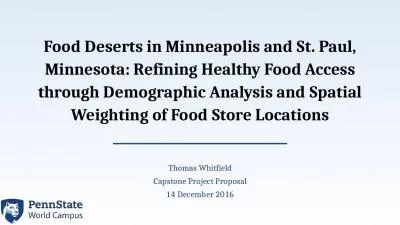PPT-Food Store Location Analysis
Author : lindy-dunigan | Published Date : 2019-11-06
Food Store Location Analysis Albuquerque New Mexico 2010 Prepared for Geography 586L Spring Semester 2014 Larry Spear MA GISP Sr Research Scientist Ret Division
Presentation Embed Code
Download Presentation
Download Presentation The PPT/PDF document "Food Store Location Analysis" is the property of its rightful owner. Permission is granted to download and print the materials on this website for personal, non-commercial use only, and to display it on your personal computer provided you do not modify the materials and that you retain all copyright notices contained in the materials. By downloading content from our website, you accept the terms of this agreement.
Food Store Location Analysis: Transcript
Download Rules Of Document
"Food Store Location Analysis"The content belongs to its owner. You may download and print it for personal use, without modification, and keep all copyright notices. By downloading, you agree to these terms.
Related Documents

